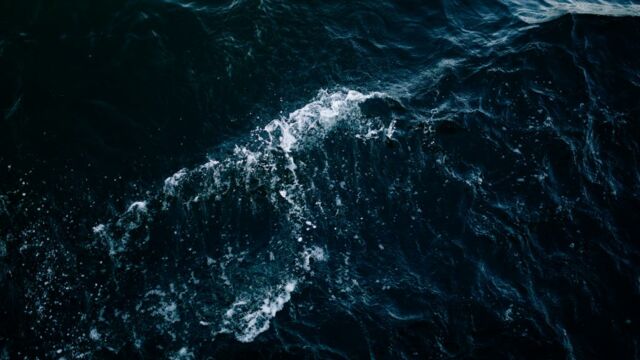Through exploration of what is considered the deepest part of the Earth, researchers have come across a horrifying sight...and it might not be what you'd expect.
Discover our latest podcast
The deepest part of the world
In previous research, a plethora of never-before-seen species of marine wildlife has been discovered in the Mariana Trench, such as bizarre crustacean species and fishes. The last person to have successfully navigated through such depths of the world was American explorer Victor Vescovo, reaching a record depth of 10.9 km in April 2019 in a Triton 36000/2 submarine—the only watercraft designed to handle such extreme pressure.
The Mariana Trench, considered to be the deepest part of the ocean on the planet, measures 11 km in depth, and it is located between Hawaii and the Philippines right next to Guam. So it's safe to say that not much human activity ever really goes on in that part of the world.
Pollution has made its way there
But much to the dismay of nature lovers, during the most recent visit to the secluded area, Vescovo found lolly wrappers and a plastic shopping bag. Meaning that we have managed to pollute one of the most remote parts of the world—further endangering the already precarious state of the environment. Eric Galbraith, an ocean biochemist at the Catalan Institution for Research and Advanced Studies in Barcelona, said:
We always had this sense that there was a part of the planet that was beyond, that was untouched by human action. That used to be true. And now it's no longer true.
Further, the journal Geochemical Perspectives Letters, explains that:
Man-made plastics have contaminated the most remote and deepest places on the planet.The (deepest Mariana) zone is likely one of the largest sinks for microplastic debris on Earth, with unknown but potentially damaging impacts on this fragile ecosystem.















